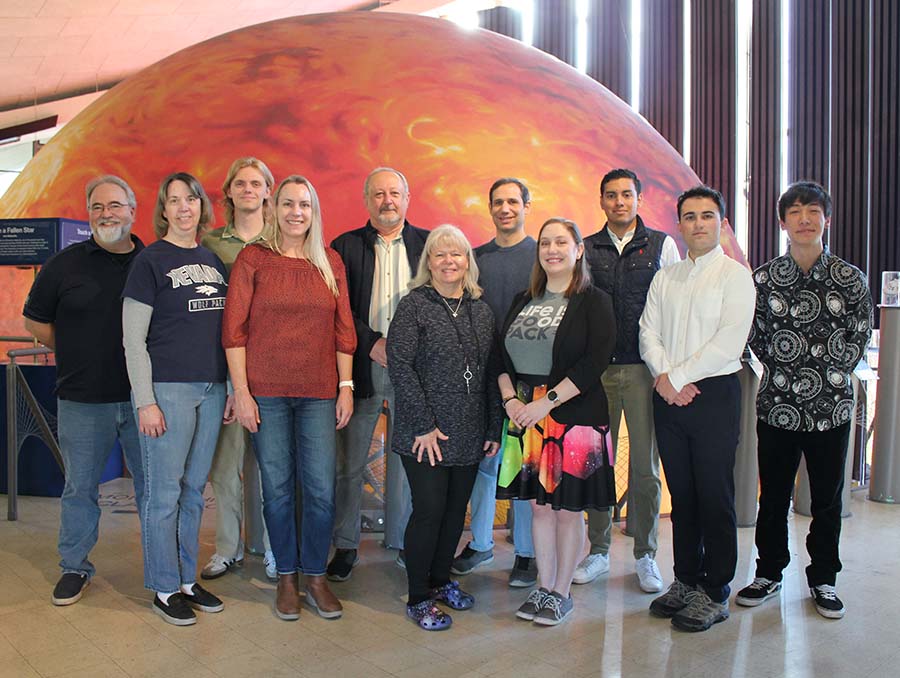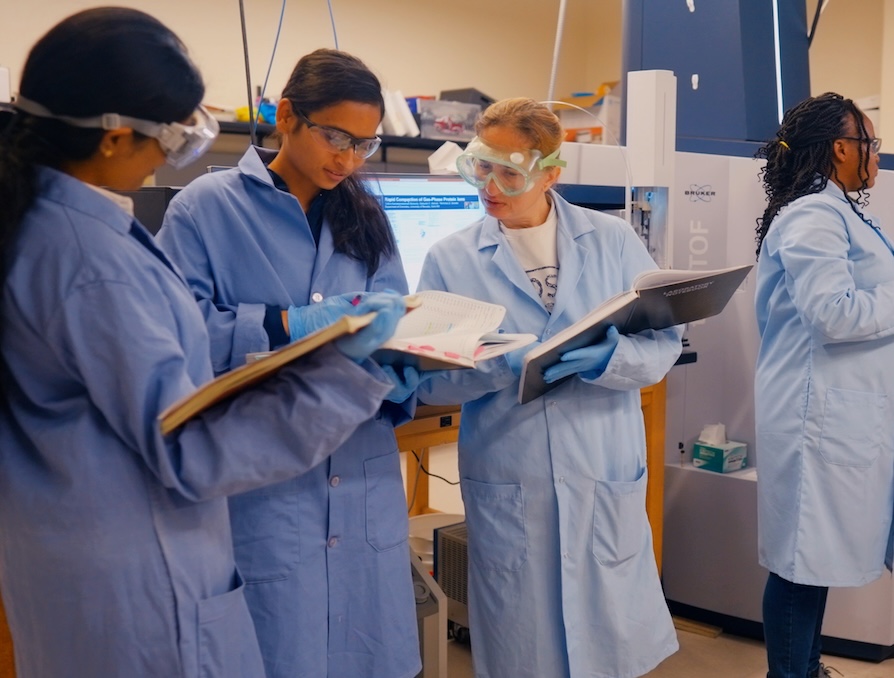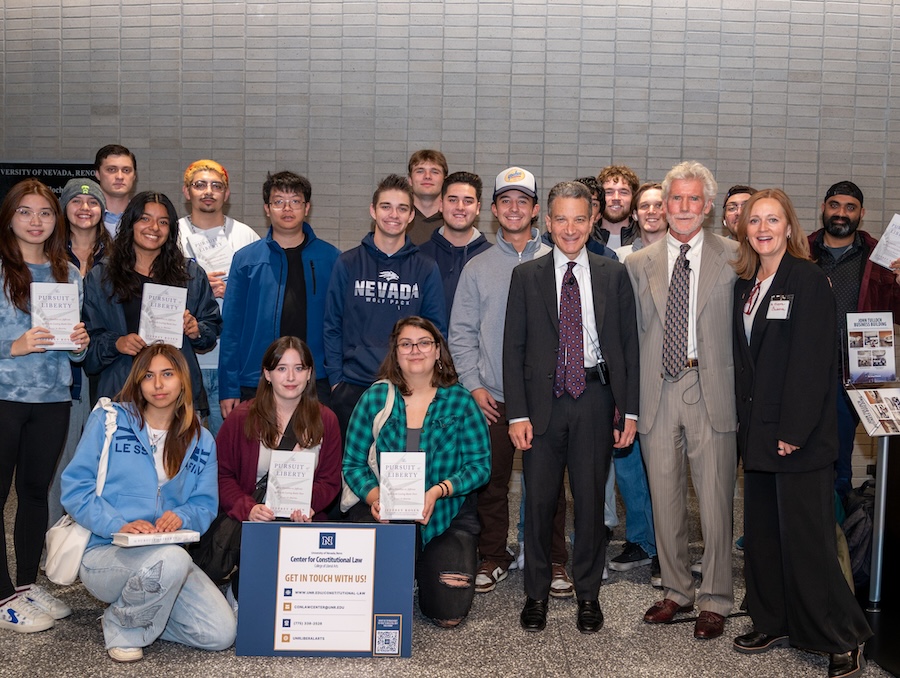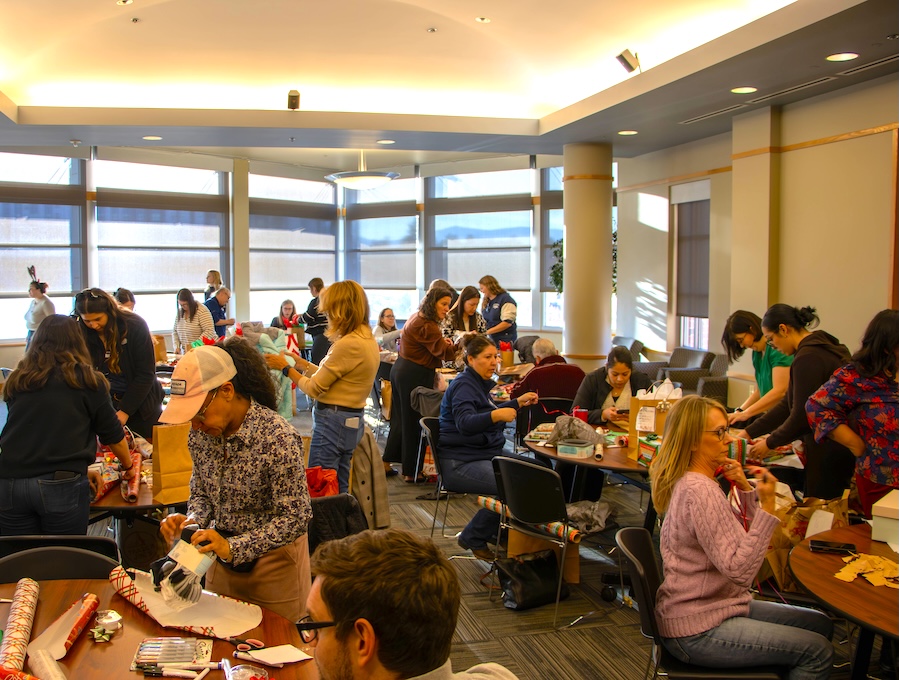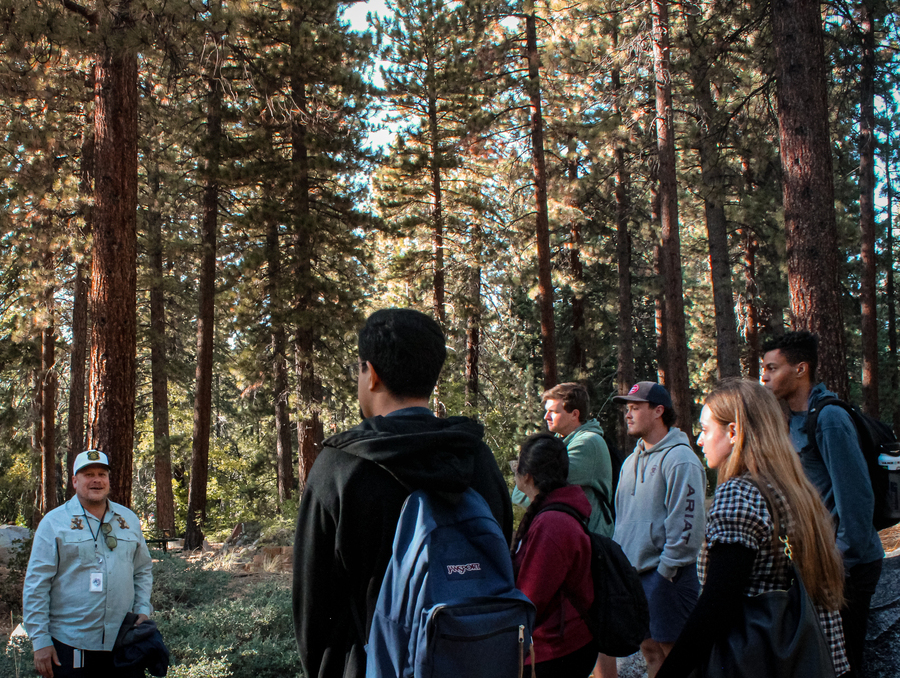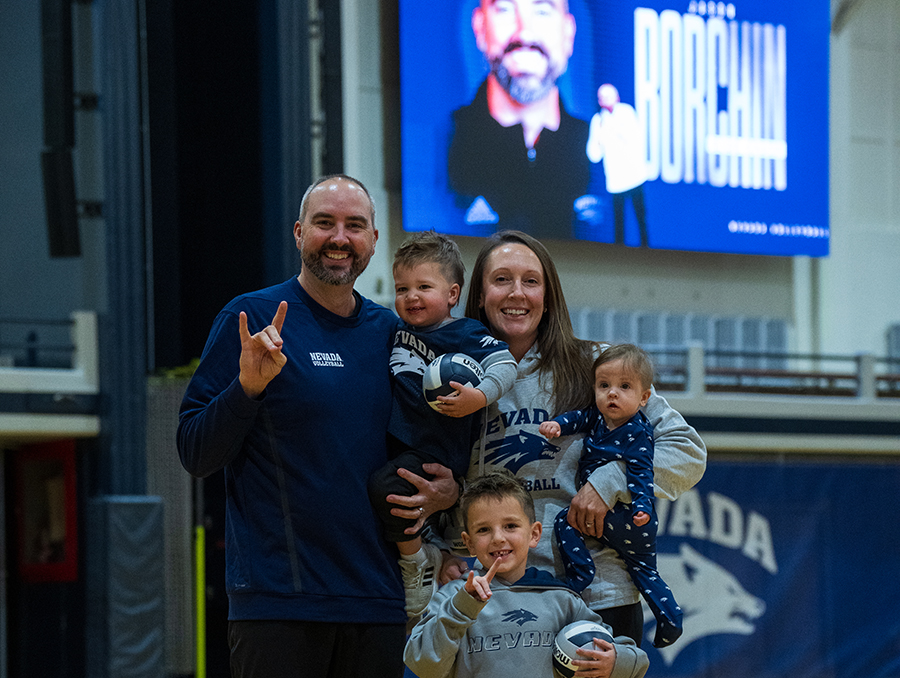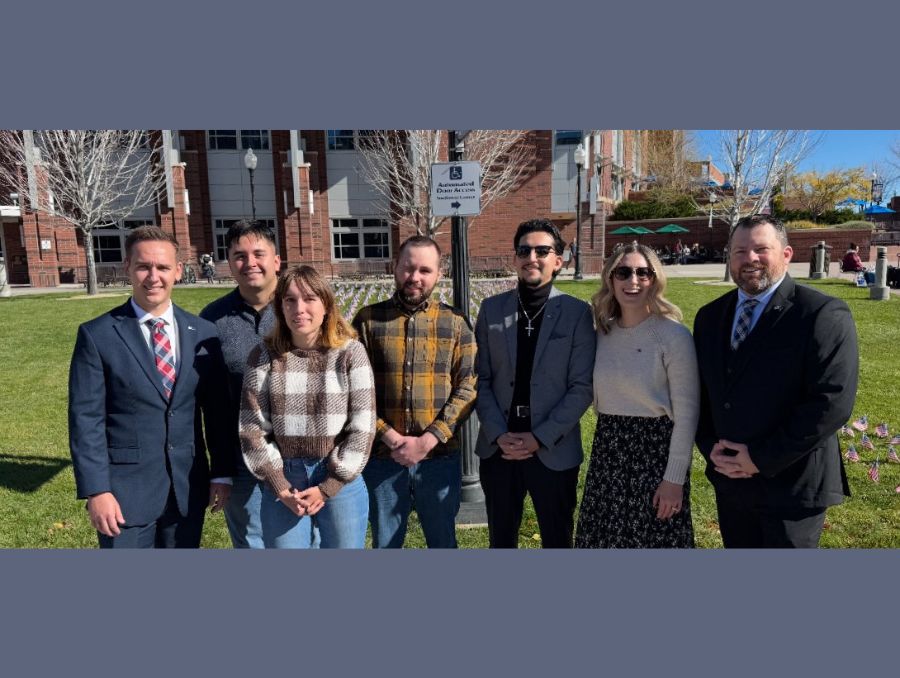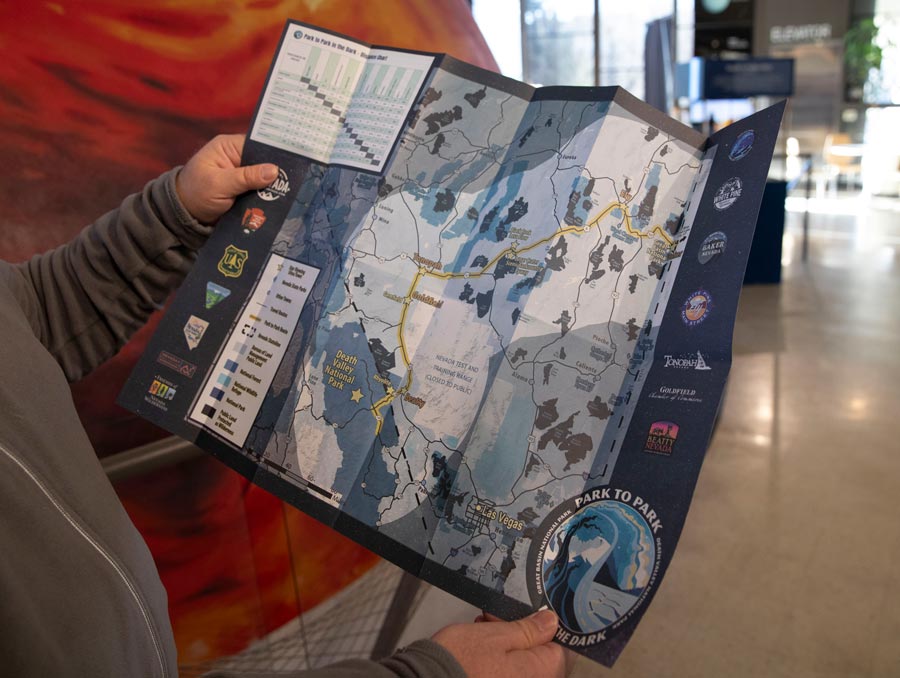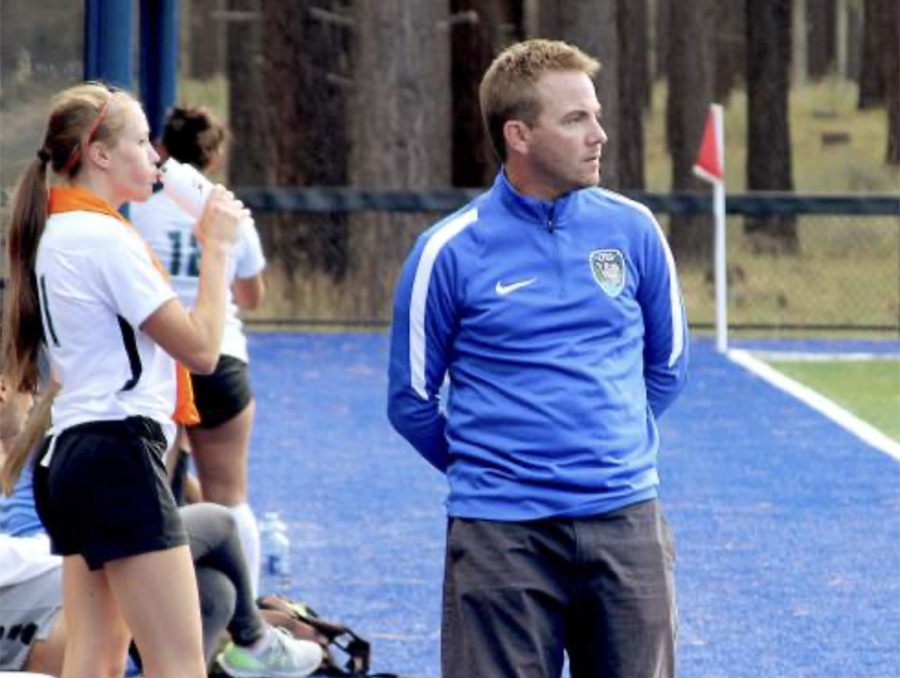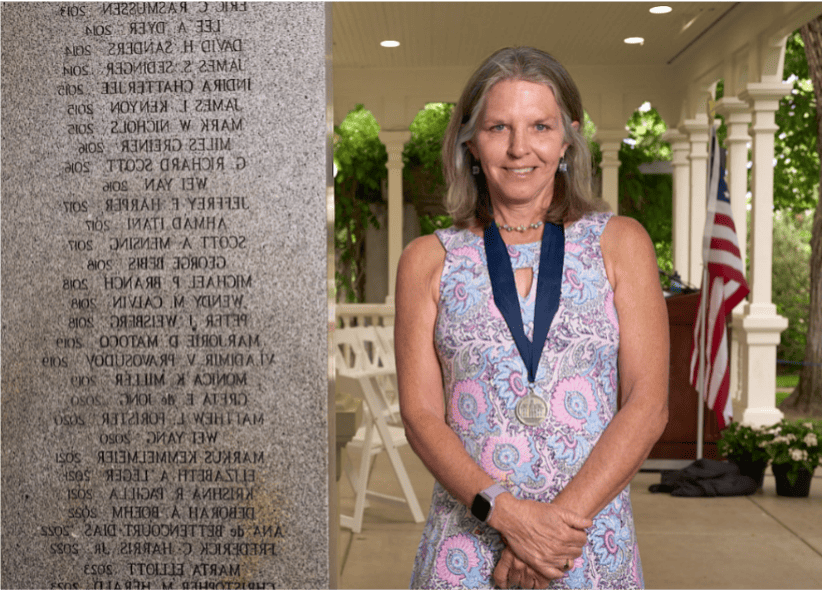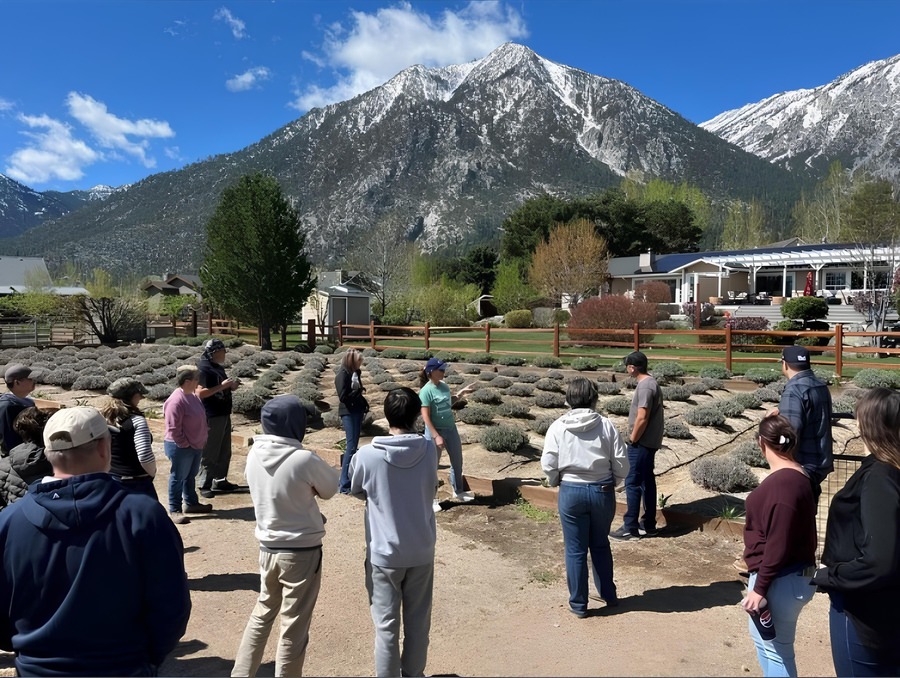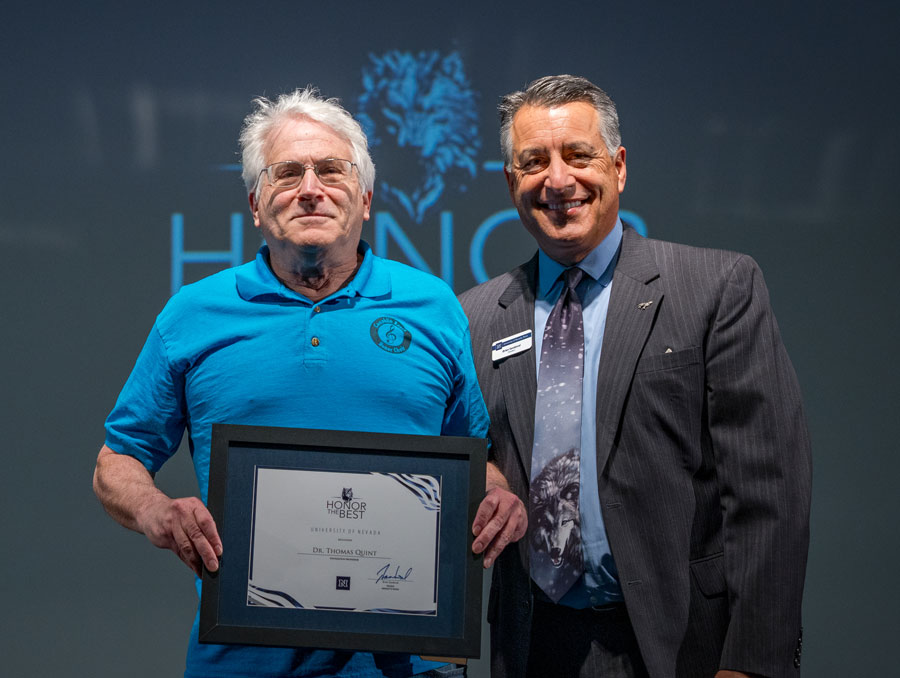Anita Montero, a second-year Ph.D. student in Ecology, Evolution, and Conservation Biology, was recently named an Honorable Mention for the National Science Foundation Graduate Research Fellowship Program (NSF GRFP), a highly competitive award that supports outstanding graduate students pursuing full-time, research-based master’s and doctoral degrees in science, technology, engineering, mathematics (STEM), or STEM education.
Originally from Washington, D.C., Montero moved to Reno after a five-year break between undergraduate and graduate school. During that time, she explored other career paths but kept returning to her love of field research.
“I was really lucky in undergrad to get a ton of research experience and discovered that I really loved doing research, especially field research,” she said. “I developed an interest in animal behavior, and how individual behavior interacts with the environment to produce unique evolutionary consequences.”
When it came time to apply to graduate programs, she cast a wide net, focusing on faculty whose work aligned with her interests in evolutionary ecology and animal behavior. That search led her to Marjorie Matocq’s, Ph.D., lab at The University of Nevada, Reno, where she found the ideal environment to explore her research questions.
In her NSF GRFP proposal, Montero focused on a hybrid zone in California, where two species of woodrats that were once not spatially overlapping are now being forced into proximity because of climate change. In this zone, individuals are mating and producing viable hybrid offspring. Her goal is to better understand how space use overlap corresponds to individual interactions, posing the question: Are interactions between individuals randomly distributed over this hybrid zone, or are there areas where individuals are more likely to interact with their own species versus the other species?
She is also working to understand the social and mating environment that these individuals are experiencing.
“If a female is interacting with ten males, how does she choose?” Montero said. “Are some females consistently more likely to mate outside of their species, and does that tie into how they behave even within their own species?”
By answering those questions, Montero hopes to better understand what reproductive barriers exist between the species. “There’s a lot of evolutionary implications for that,” she said.
Montero also sees the hybrid zone system as a useful model for broader ecological questions. “We also can use this hybrid zone system as a proxy for better understanding hybrid zones and how species overlap more generally,” she said. “As the climate warms and changes, many species that were not previously spatially overlapping are going to move, and there’s great potential for more hybrid zones in our future.”
Her research asks what happens at the level of the individual when those overlaps occur and how behavior plays a role in shaping the outcomes.
Applying to the NSF GRFP was something Montero had been thinking about since undergraduate school. She described the fellowship as something that looms large in the sciences and is always talked about. But turning that ambition into a successful application took time, care, and a great deal of support.
“The beginning of the process was just me, trying to wade through the literature and figure out what I found interesting. I had so many questions, and it was hard to narrow them down and make them specific and testable. I’m someone who needs a very detailed outline before I can write, and my six-page outline eventually turned into a two-page proposal.”
Montero credits her advisor Matocq, Ph.D., EVOLDOERS, a group of evolutionary ecologists she meets regularly, and other NSF GRFP applicants, Ai Ana and Sage, for giving her detailed feedback and encouragement.
Going through the process helped Montero grow her confidence as a researcher. She learned that she could read and synthesize complex literature, generate interesting research questions that have relevance and present her ideas in a compelling way.
“It definitely made me more confident in my ability to think deeply and creatively,” she said. “And hearing that it was well received was a big confidence boost too.”
Montero’s NSF GRFP proposal is now forming the backbone of her dissertation. She’s in the early stages of writing her full research proposal for her program and said the work she did for the fellowship has given her a strong head start.
Looking back, she advises students applying for the NSF GRFP to ask for feedback from people they trust and to think deeply about how their personal story connects to their research.
“You really want the reader to understand who you are as a researcher,” she said. “NSF is funding you, not just your project. So, it’s important that your personal statement and research proposal feel like they clearly come from the same person.”
As she looks to the future, Montero knows one thing for certain: research will always be part of her path.
“I came to grad school because I wanted to lead research projects,” she said. “Whether that’s in academia, a nonprofit or another setting, I want to keep doing fieldwork and studying evolution and ecology. That’s what drives me.”

